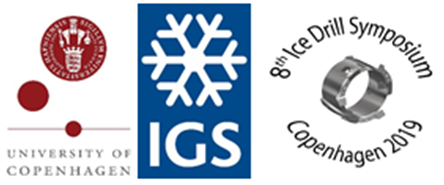Speakers
Description
Monitoring the tension in cables is significant in some ice drill and deep water applications. Take our RECoverable Autonomous Sonde (RECAS) for example. It is able to melt a hole to ice sheet bottom and is able to move upwards. A winch is installed inside RECAS to release and recover the cable, whose tension needs to be monitored in real time in order to control the behavior of the winch. As far as we are concerned, there aren’t any commercial tension sensors that are able to fulfill such tasks as the cable is surrounded by deep water. Traditional tension sensors are mostly made of strain gages, which are not suitable for deep water applications as the pressure will disable the normal deformation of the gage. In this paper, a newly designed deep water tension sensor is proposed. The tension on the cable is transmitted through a hydraulic system to a pressure sensor (the theoretical schematic diagram is attached to this abstract). The effect of high pressure in deep water can be minimized by subtracting the environment pressure measured by another pressure sensor. In addition, in order to fit the narrow space in ice holes, the tension sensor is designed to be compact while its measuring range reaches up to 1000kg. Detailed force transmission and media characteristic analysis are carried out. The calibration platform, together with the calibration method is introduced. The tension sensor is tested in high pressure and low temperature environments and its accuracy is proved to be fairly good.

